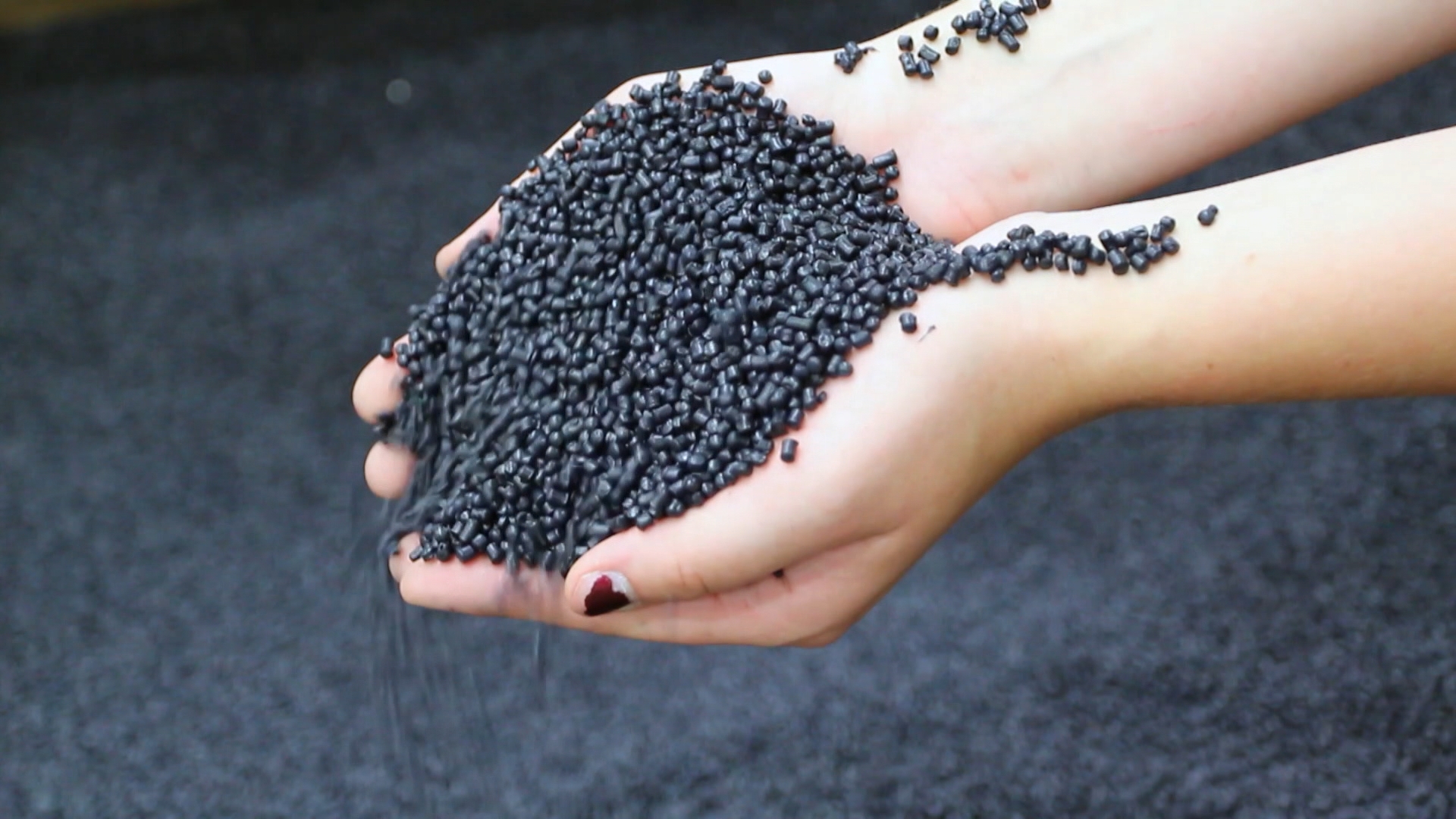Everyday household items are now being created using sequestered carbon emissions, and the process is set to become increasingly common over the next 50 years.
In the near future, many of our household items could quite literally be conjured from thin air.
To date, carbon capture initiatives have predominantly searched for ways to conceal our harmful emissions. Sucked from the atmosphere, sequestered carbon is regularly pumped into industrial concrete mix, for example.
As governments aim to drive national carbon tolls down, we’re not exactly spoilt for ways to deal with existing emissions. Outside of carbonated drinks, there’s few solutions to actually make use of carbon as an ingredient.
Over the next 50 years, however, what if I told you that carbon recycling is predicted to boom in the sale of carbon negative goods?
‘Carbon doesn’t have to go in the air because now we can hold it in our hands,’ says Mark Herrema, CEO of Newlight Technologies – a company creating and selling a multitude of biodegradable products already.
How does carbon recycling work?
Much in the same way carbon capture infrastructure has been integrated into power plants to capture emissions at the source, researchers have developed new carbon recycling tech to bolt onto steel mills and landfills.
Using a hungry type of bacteria – which, weirdly, can also be found in the digestive system of rabbits – commercial reactors are able to metabolise collected carbon dioxide and excrete harmless ethanol.
This can then be utilised in the production of biodegradable plastic bottles, synthetic fabrics, and even jet fuel. Like we didn’t rate bunnies enough already.
Alternatively, Newlight Technologies has created an exciting polymer called AirCarbon which has similar properties to plastic, but degrades at the rate of regular organic matter – like a leaf or banana peel.
Also centred on the process of gas fermentation, this biotech company has found a way of utilising both carbon and methane – which is approximately 86 times more potent than carbon in our atmosphere – to make its products.
Using carbon to create carbon negative goods… sounds too good to be true, right?




















